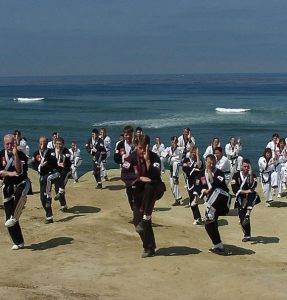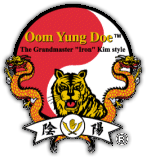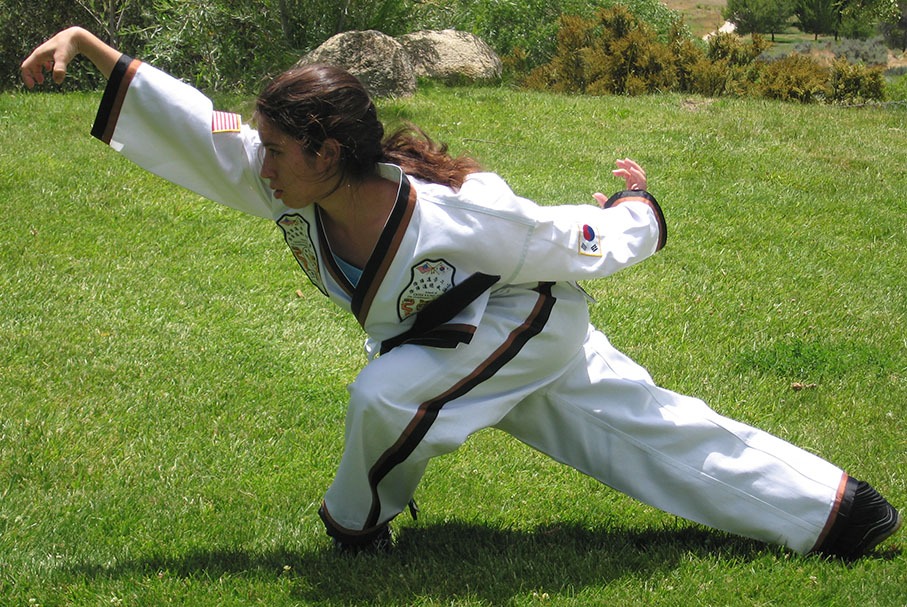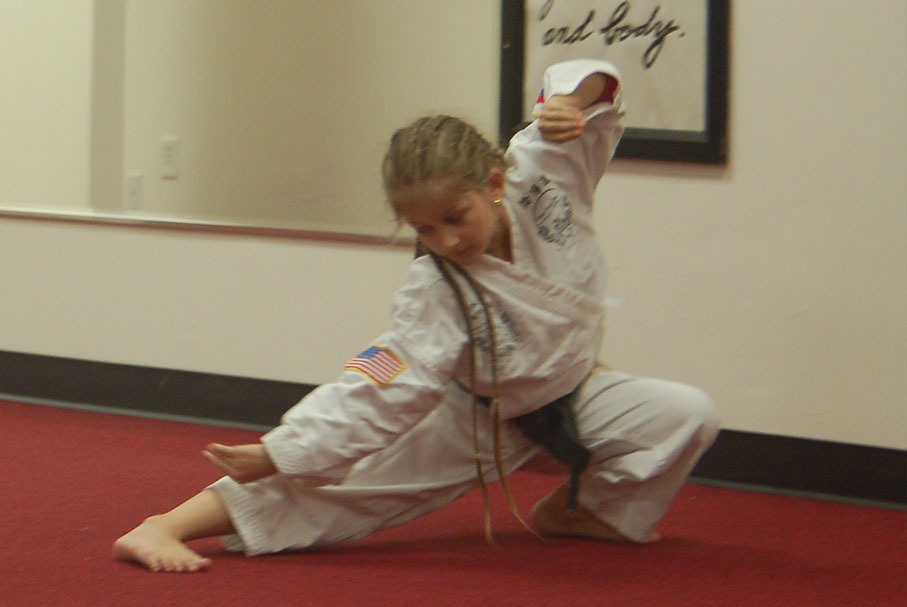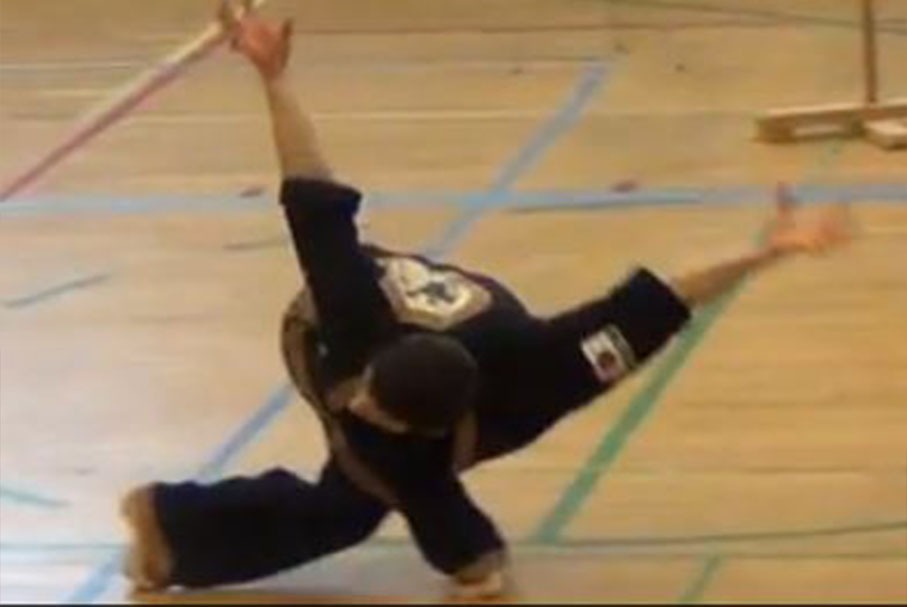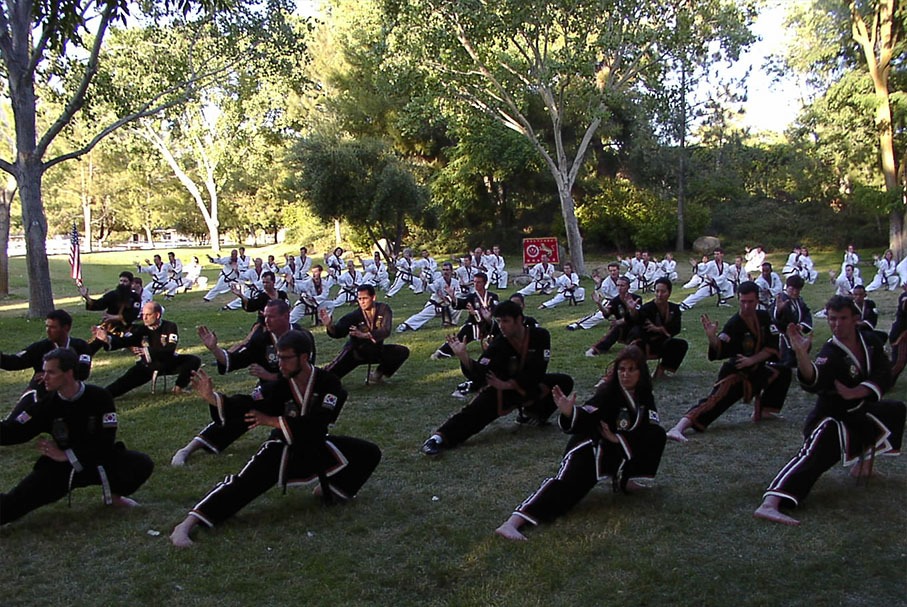공부 Goong Bu / Kung Fu
Goong means “palace” Bu means “out of.” Goong Bu was the martial art study “From the Palace.”
Goong Bu movements stretch the muscle and build body stamina. Movements involve body positions that twist and strengthen the joints while developing coordination and timing. Forms combine controlled soft and hard movements that become instinctive. Offensive and defensive movements are straight but curve in all different directions using more circles than angles. Self-defense utilizes circular motions, blocks, and attacks while moving as one with the entire body.
Hyung (Form) development is both internal and external. Practitioners quickly increase energy allowing the body to feel comfortable and relaxed throughout the day. This energy improves circulation, which in turn stimulates organs. One also gains muscle and joint flexibility, coordination, strength, speed, and significant increases in range of motion. Practice also increases muscle tone and is good for weight loss.
Centuries ago, many scholars and martial art practitioners carefully studied the movement of different animals and their relation between unlimited mobility of their movement, and the prevention of sickness and disease. Research concluded that animals in the wild, through their ability to move naturally, gracefully, and without limitations, seldom get sick. Once realized, many practitioners and scholars copied the movement of different wild animals. Through many generations, adjustments to forms were necessary in order to maximize the health benefits to the human body. Centuries of research and observation resulted in Martial Art Forms (Hyung) being practiced for internal and external development.
